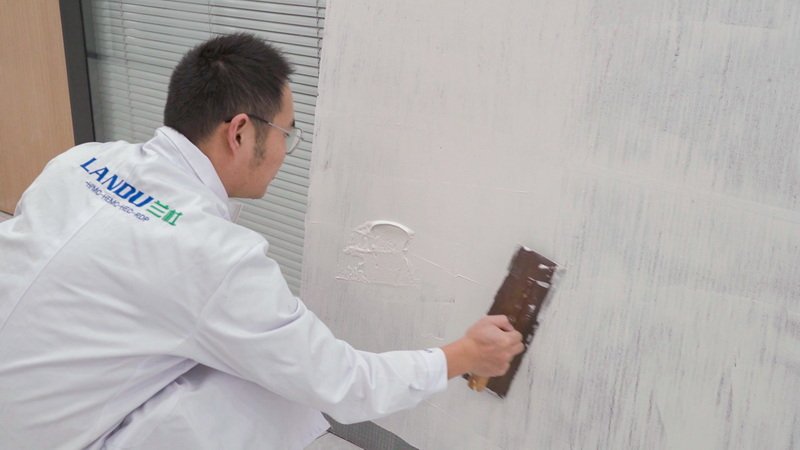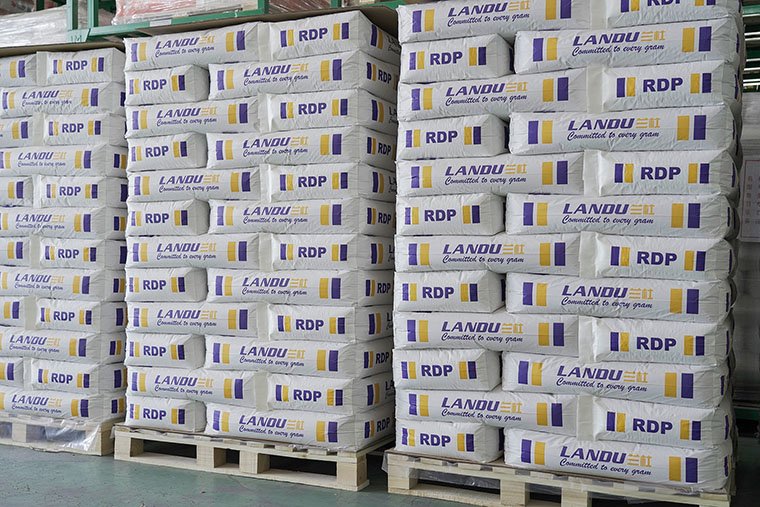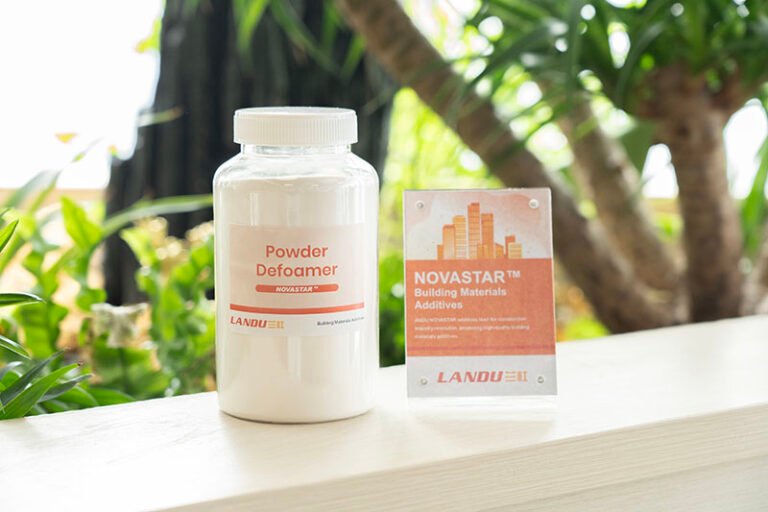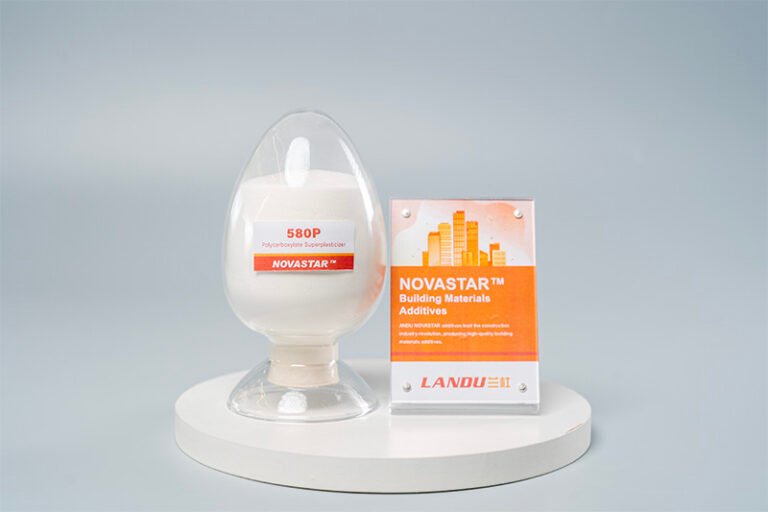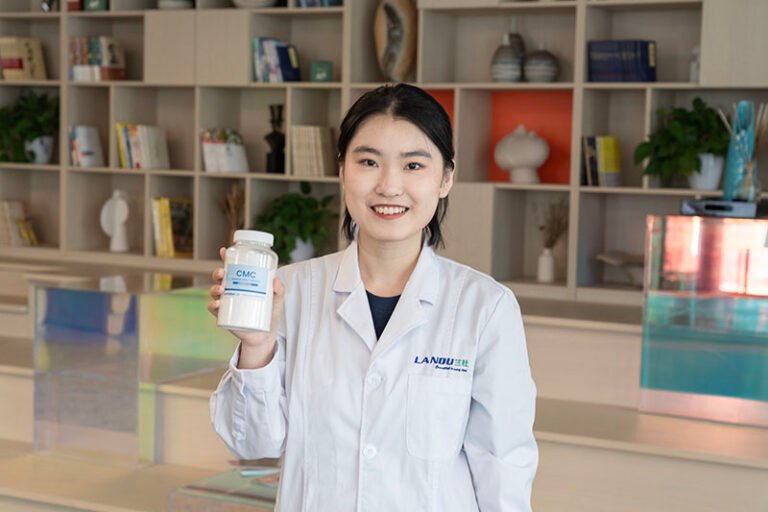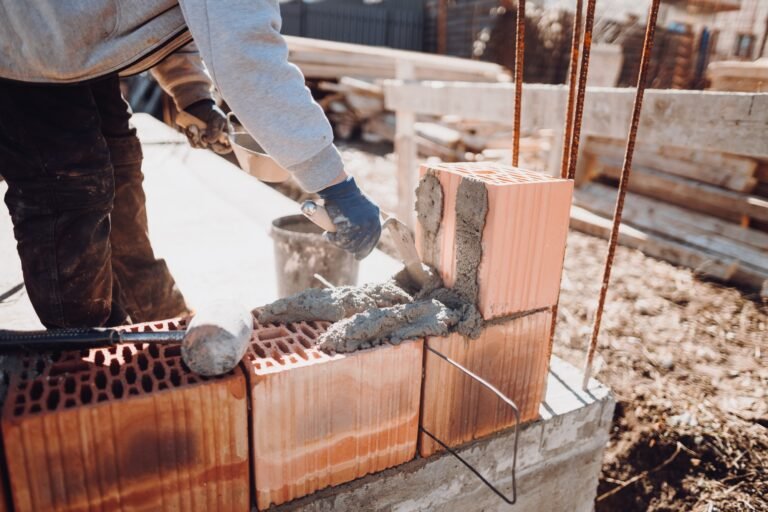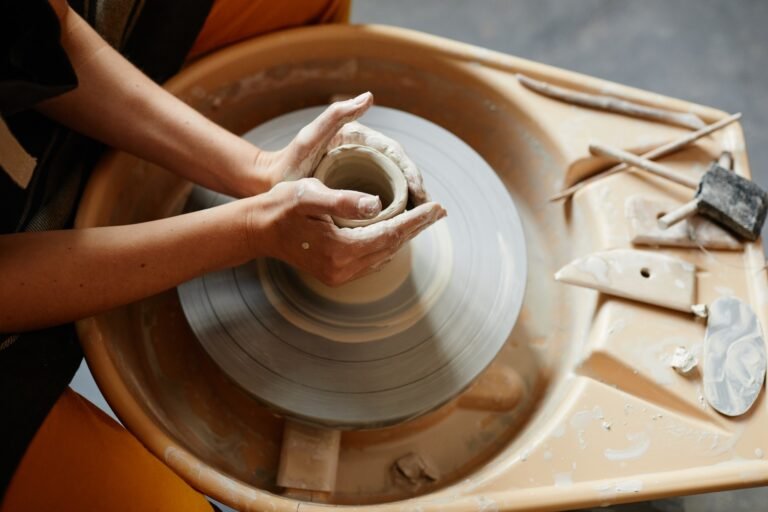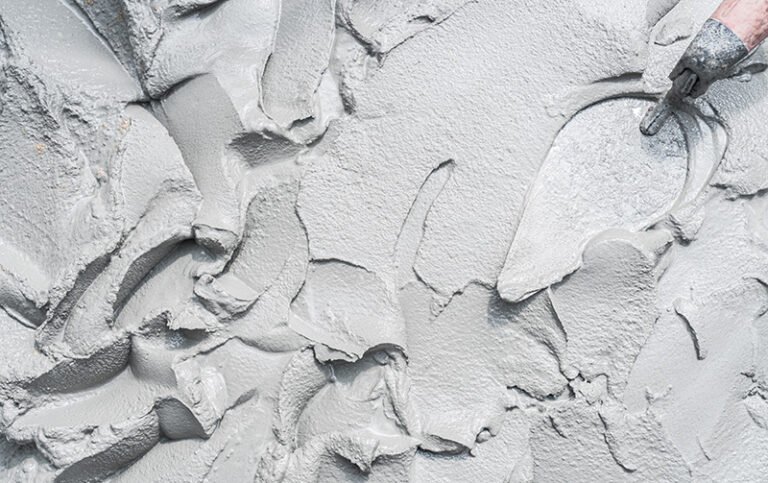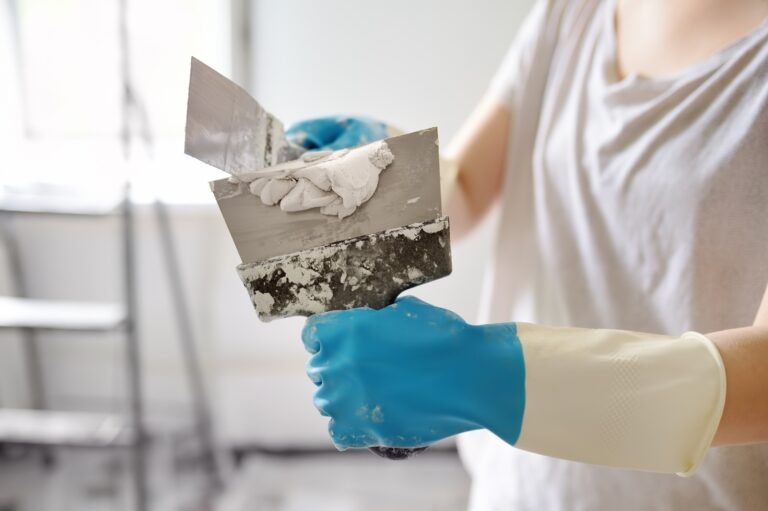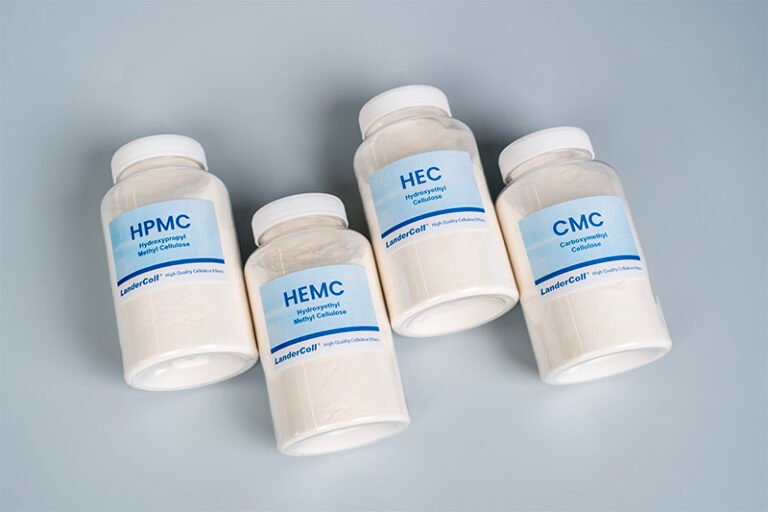3) Critical Performance Requirements for High-Performance Tile Adhesives
Bond Strength Development (Initial and Retained) : Exceptional pull-off strength becomes essential when bonding dense tiles to low-absorption substrates. Long-term adhesion retention following water immersion, elevated temperature exposure, and freeze-thaw cycling determines system durability and service life.
Installation Workability and Application Properties: Sufficient open time (E classification) enables proper tile placement and adjustment; adequate wet tack minimizes tile slip (T classification); consistent, creamy working properties with clean trowel ridge formation; controlled pot life with appropriate slaking response.
Mechanical Deformability (S1/S2 Classifications) : System capability to accommodate movement from thermal expansion-contraction cycles, minor substrate deflection, and differential moisture movement without crack development or bond failure.
Environmental Durability and Moisture Resistance: Resistance to moisture cycling, wind-driven rain exposure (exterior applications), and temperature fluctuations; optional hydrophobic properties to minimize capillary uptake and efflorescence potential.
4) Standards Framework and Performance Classification Targets
EN 12004/ISO 13007 (Harmonized European/International Standards)
Base Classifications: C1 represents normal adhesive performance levels; C2 indicates improved adhesive systems with elevated tensile adhesion requirements.
Performance Modifiers: T denotes slip resistance capabilities; E indicates extended open time performance; F specifies fast-setting characteristics.
Deformability Classifications: S1 designates deformable systems; S2 indicates highly deformable performance (determined through transverse deformation testing protocols).
Typical C2TE S1 adhesive targets encompass elevated initial and conditioned tensile adhesion values, slip resistance within specified threshold limits, maintained open time strength after 30-minute exposure, and transverse deformation performance within S1 classification bands.
ANSI A118 Standards (North American Framework)
A118.1: Conventional dry-set cement mortar systems.
A118.4: Enhanced modified dry-set mortars featuring increased shear bond strength (including post-water immersion performance).
A118.11: Engineered lumber substrate bonding systems.
A118.15: High-performance enhanced mortars with elevated strength requirements and additional conditioning protocols.
Appropriate RDP selection and dosage, combined with complementary additive systems, enables adhesives to achieve A118.4 or A118.15 benchmark performance, with specialized formulation approaches required for A118.11 plywood applications.
Important Note: Always verify current numeric thresholds and testing methodologies in applicable standards and internal quality specifications; this guide emphasizes formulation strategies for achieving target classifications.
5) LANDU Precision RDP Chemistry Selection Guidelines
Available Chemistry Platforms and Selection Criteria
VAE (Vinyl Acetate-Ethylene Copolymers) : Primary chemistry selection for interior and numerous exterior applications. Adjustable glass transition temperature through ethylene content modification; optimal balance of adhesion performance, mechanical flexibility, and cost-effectiveness.
VAE-VeoVa (Vinyl Acetate-Versatic Ester Systems) : Enhanced hydrophobic properties and saponification resistance, superior exterior durability performance, and improved wet adhesion to lower surface energy substrates. Ideal for C2TE S1 exterior applications, render systems, and ETICS interface bonding.
Acrylic and Hybrid Formulations: Outstanding UV stability and weather resistance with excellent compatibility for low-porosity tile substrates. Often specified for highly demanding exterior or submerged applications where local practice permits.
Hydrophobic Specialty Grades (Available Across Chemistry Platforms) : Minimize water absorption and efflorescence potential; particularly valuable for wet area applications, exterior facade installations, and grout systems.
Chemistry Selection Decision Matrix
Porcelain over Concrete/Cement Backer Board Applications: Target C2TE S1 performance using VAE-VeoVa chemistry to optimize adhesion strength, mechanical deformability, and moisture durability balance.
Low-Porosity or Previously Tiled Substrates: Transition toward acrylic or VeoVa-enriched formulations to enhance wet grab performance and retained strength characteristics.
Engineered Lumber Applications (ANSI A118.11) : Consult LANDU technical support for compatible RDP systems or hybrid binder technologies specifically validated for EGP substrates; standard RDP-modified mortars may require additional latex chemistry for proper performance.
6) Formulation Architecture: Optimizing Mineral Matrix with RDP Integration
Mineral Framework Components
Cement Selection: CEM I (ordinary Portland cement) provides the standard hydraulic binder; blended cement systems (incorporating slag or limestone) remain viable with careful attention to setting profile and water demand characteristics. Typical cement content ranges from 20-35% of total dry mixture.
Aggregate and Filler Systems: Precision-graded silica sand and mineral fillers (limestone flour, for example) establish optimal particle packing density and rheological behavior. Bimodal or trimodal particle size distribution enhances troweling characteristics, reduces water demand, and maximizes strength development.
Chemical Additive Package: Cellulose ether systems (HPMC/HEMC/HEC) for water retention and workability control; starch ether for anti-slip and anti-sag properties; plasticizer/superplasticizer systems for water demand reduction; defoaming agents for air content control; set modification additives; reinforcing fibers for crack control; hydrophobic agents for water uptake reduction.
RDP Dosage Optimization and System Interactions
Typical Dosage Parameters: Starting dosage range of 2.0-6.0% by total dry weight for improved C2 adhesive performance. S1 deformability classification often requires 4-8% depending on polymer chemistry and mineral system design. Always conduct systematic ladder testing for optimization.
Water Retention Balance Management: RDP functions synergistically with cellulose ether systems; insufficient water retention impairs cement hydration and bond development, while excessive retention can unduly extend open time and delay polymer film formation. Achieving proper balance remains critical for optimal performance.
Plasticizer Interaction Effects: Excessive water reduction can limit redispersion effectiveness and compromise film formation. Verify continuous film development at your selected water-binder ratio and ambient temperature conditions.
Air Content Management: Both RDP and cellulose ether systems can entrain air; utilize defoaming agents compatible with the polymer system to maintain proper density and bond strength performance.
Rheological Control for T and E Performance Modifiers
Slip Resistance Achievement (T Classification) : Enhance anti-slip properties through appropriate cellulose/starch ether selection, optimized sand particle shape and size distribution, and controlled water content. Excessively fluid mixtures may exhibit slip tendency on vertical applications.
Extended Open Time Development (E Classification) : Achieved through water retention optimization, controlled evaporation management (coalescents/humectants where regulations permit), and surface wetting balance. Monitor for surface skinning, which effectively reduces practical open time.
7) Representative Formulation Examples (Starting Points for Laboratory Validation)
| Component | C1 Thin-Bed Interior Adhesive (Baseline) | C2TE Porcelain Adhesive (Interior/Exterior) | C2TE S1 Deformable Adhesive (Large-Format Porcelain) |
|---|
| Portland Cement (OPC) | 28–32% | 28–34% | 28–32% (or Low-Alkali Blend) |
| Graded Silica Sand Systems | 55–60% | 50–56% | 48–54% (including fine packing fraction) |
| Limestone Filler (Fine Grade) | 3–6% | 3–7% | 4–8% |
| LANDU Precision RDP | 2.0–3.0% (VAE Chemistry) | 3.5–5.5% (VAE-VeoVa Chemistry) | 5.0–7.5% (VAE-VeoVa or Acrylic Chemistry) |
| Cellulose Ether (HPMC/HEMC) | 0.20–0.35% | 0.30–0.45% | 0.35–0.50% (select grade balancing open time vs anti-slip) |
| Starch Ether | 0.02–0.08% | 0.03–0.08% | 0.04–0.10% (anti-slip management) |
| Plasticizer | 0.05–0.20% (PCE or Naphthalene-Based) | 0.10–0.25% (PCE) | 0.10–0.30% (PCE) |
| Defoaming Agent | 0.05–0.20% (product-dependent) | 0.10–0.25% | 0.10–0.25% |
| Set Regulator/Retarder (Optional) | 0.01–0.05% | – | – |
| Hydrophobic Agent (Optional) | – | 0.05–0.20% (wet/exterior) | 0.10–0.30% |
| Reinforcing Fibers (Optional) | – | – | 0.05–0.15% (microcellulose or synthetic polymer) |
| Target Water Addition | 20–28% | 19–26% | 19–25% |
8) Mixing Protocols and Jobsite Application Best Practices
Dry Blending and Packaging Considerations
- Achieve thorough RDP homogenization within mineral components to prevent segregation; the lower bulk density of RDP requires adequate mixing duration and strategic addition sequencing. Control blending temperature to prevent caking phenomena.
- Utilize moisture-proof packaging materials. Store in cool, dry conditions; reseal opened packages immediately after use.
On-Site Mixing Procedures
- Water Addition Protocol: Initiate at the lower end of recommended water range. Use clean, potable water exclusively. Add powder to water during continuous mechanical mixing.
- Slaking and Remixing: Mix 3-5 minutes, allow 3-5 minute rest period, then briefly remix. Slaking enables cellulose hydration and polymer redistribution; this process stabilizes rheological properties and open time performance.
- Pot Life Management: Observe pot life limitations strictly; avoid retempering with additional water. Light remixing within pot life may restore workability; additional water will compromise system strength.
- Troweling Technique: Select proper notched trowel size based on tile format and substrate flatness requirements. Apply thin keying coat to substrate (burn-in procedure), then comb uniform ridge patterns. Back-butter large-format or heavily textured tiles.
- Open Time and Skinning Control: Place tiles within adhesive open time window; test by touching ridge surfaces—if surface skin develops, reapply fresh material.
- Beat-In and Coverage Requirements: Achieve minimum 80% coverage for interior applications and 95% for exterior/wet area installations; periodically lift tiles to verify coverage patterns.
- Curing Condition Management: Minimum temperature limitations are governed by cement hydration kinetics and polymer minimum film formation temperature (MFFT). Avoid installation below approximately 5-10°C ambient and substrate temperatures, or where MFFT requirements cannot be met. Protect from rapid moisture loss, wind exposure, and direct solar radiation during initial cure periods.
- Grouting Timing: Follow recommended time
RDP is the backbone technology that lets modern thin‑bed tile adhesives meet the competing demands of installers, specifiers, and building owners. By redispersing into a robust polymer film within the cement matrix, LANDU Accurate RDP elevates bond strength, preserves adhesion after harsh conditioning, and introduces the controlled flexibility needed for today’s substrates and tile formats. With smart chemistry selection, tuned mineral packing, and disciplined processing, you can consistently achieve C2TE S1 performance (and beyond), reduce risk on critical installations, and minimize callbacks. Treat RDP not as a commodity thickener, but as the engineered phase that turns a bag of powder into a reliable, high‑value tile adhesive system.
If you share your regional standards focus (EN/ISO vs ANSI), target classes, tile/substrate combinations, and climate conditions, I can provide a tailored formulation matrix, test plan, and scale‑up SOPs specific to your products.

